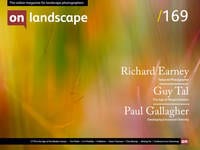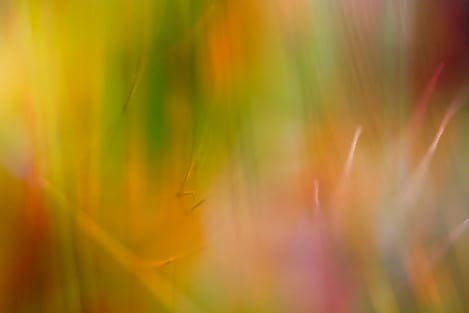Featured Photographer

Richard Earney
Richard is a designer and abstract landscape photographer living in North London. He uses a variety of cameras and a scanner to create his imagery. He’s happiest outdoors enjoying the landscape, but also when striving to find the abstract and unusual that’s out there.

Michéla Griffith
In 2012 I paused by my local river and everything changed. I’ve moved away from what many expect photographs to be: my images deconstruct the literal and reimagine the subjective, reflecting the curiosity that water has inspired in my practice. Water has been my conduit: it has sharpened my vision, given me permission to experiment and continues to introduce me to new ways of seeing.
For the past couple of years, our social media feeds have been enlivened by Richards’s strange creations, the result of one of those happy accidents. His Warped Topographies do indeed show that we can all learn from mistakes, and also that we should not be too hasty in throwing away or deleting images that at first sight are ‘rejects’.
Richard wrote an article for On Landscape in April 2017 about his experiments with out of date film and a faulty Polaroid camera, and how these had inspired him to research both the history and significance of Polaroid and the chemical composition of the films. Now, with a Fellowship of the Royal Photographic Society and a book which quickly sold out its first edition, we thought we’d catch up with him and talk about his adventures and where these may take him next.
Would you like to start by telling readers a little about yourself – where you grew up, your education and early interests, and what that led you to do as a career?
I was born in Old Windsor but grew up in Ealing, West London. I also went to University in London, which considering my love of the outdoors was probably a mistake location-wise, but I did meet my wife via that route, so it was a good thing!
I grew up being curious and interested in the natural world and the landscape, although I knew more about the former than the latter.
In those days this was a highly unnatural path. At the time it was really difficult to swap courses, which meant I had to study in different ways. It was also strange because in Art classes at school I was dismissed. My art teacher didn’t like photography and my more diagrammatic approach to art, because it wasn’t ‘real art’ in his view. Perhaps if he’d been a bit less blinkered he would have noticed there was quite a strong design bias to my art! When I later saw Ken Robinson’s Ted Talk, ‘Do Schools Kill Creativity?’ I had to answer with a resounding, “Yes!”
I have since worked in publishing as a book cover designer, a web designer, an app designer (my claim to fame there being that I designed the Shazam app), and I’m currently a User Experience designer.


